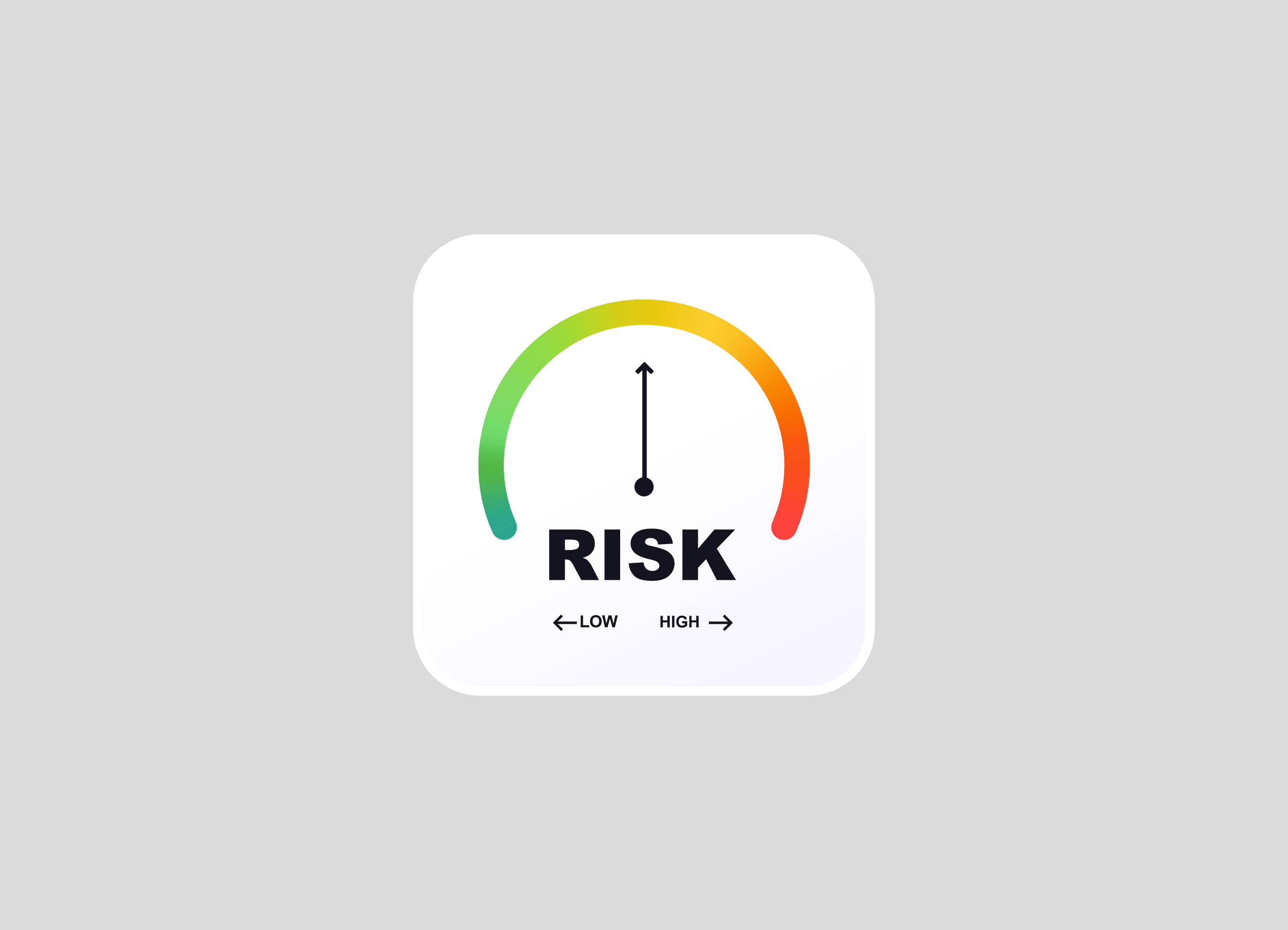Risk-Averse Trading: The Pros and Cons

Being risk averse in trading can come with a stigma attached. Why aren’t you making the most of the market? You’ll never make significant gains by being risk averse.
Sounds familiar, probably. But nothing could be further from the truth. There are advantages and disadvantages to being risk averse, as there are to being comfortable with high levels of risk.
What is risk aversion in trading?
The stock market is, and always has been, volatile. When we say Your capital is at risk, we mean it. Whenever you invest, you’re giving your money to a company or organisation with the belief that your wealth will grow along with the company. That doesn’t always happen. Companies underperform or go bust, and in those cases, investors lose money. High risk investments can come in the form of companies disrupting the market with new products which may or may not succeed long-term. Or high risk investments can take the form of commodities such as oil or gas, whose prices can fluctuate wildly from day to day.

Being risk averse means two things:
1. You prefer to invest in slower-moving, more certain sources of income.
2. You prefer to spread your investments across very different sectors and products.
Risk averse traders also tend to prefer liquid assets, meaning they can access their money freely, regardless of market conditions.
What are some risk averse trading strategies?
Risk averse traders prefer income investing over capital gains investing. The difference between the two is quite simple to understand.
Income investing is built around investment products which provide a steady (although smaller) income over a predictable period of time.
Capital gains investing is more like what you think of when investing in the stock market. You buy shares in a company, the company grows by 50% and so you make a profit. There is greater potential for you to lose your money with this type of investing, but the rewards can be greater.
Diversification is another popular strategy of the risk averse trader. Rather than betting all of their money on a few high stakes companies, risk averse traders will invest in many different industries and sectors which have little correlation with one another.
This way, if one of their investments or sectors enters a nose dive, this can be offset by the stability or growth of other investments.
What can risk averse traders invest in?
Even if you’re a risk averse investor, there are still stocks and Exchange Traded Funds (ETFs) available to you that will suit your style.
ETF: Slow and Steady
This fund invests indirectly into global exposure to value-growth assets such as shares, bonds, cash, and alternative assets with a lower volatility profile than higher risk options, to help give you peace of mind that your portfolio is better able to weather stormy tides.
ETF: All American
This fund tracks the S&P 500, which includes some of the most established brands in the world, such as Apple, Amazon, Microsoft, and Berkshire Hathaway, making it a pretty safe bet for risk averse investors.
The FAANG stocks
Amazon, Apple, Netflix, and Google, collectively known as the FAANG stocks, are popular with risk averse and non-risk averse investors, as these companies have shown consistent yearly growth for at least a decade.
Dividend-paying stocks
Stocks that pay dividends can be a worthwhile addition to a risk averse portfolio, as they pay cash dividends in addition to any returns. This can help to create some additional passive income. Here are a few of our dividend-paying stocks available on Wombat for both the Instant Account and Standard Account GIA & ISA:
Instant Account
1. Cisco CSCO
2. Coca-Cola KO
3. eBay EBAY
4. General Motors GM
5. Intel INTC
6. McDonald's MCD
7. Equifax EFX
8. Microsoft MSFT
9. Nasdaq NDAQ
10. Visa V
Standard Account GIA & ISA
1. Adidas ADS
2. Apple AAPL
3. Unilever ULVR
4. Ferrari RACE
5. Nike NKE
6. Nvidia NVDA
7. Manchester United MANU
8. Microsoft MSFT
10. GSK GSK
Remember when investing your capital is at risk.
Being risk averse: The Pros
- Minimise your risk of loss by spreading your investments across several low-risk products
- Steady cash flow from products which repay on a schedule, such as CDs and some bonds
- Semi-predictable steady income thanks to established products such as government bonds
Being risk averse: The Cons
- Lower expected returns generally, compared to other higher-risk investments
- Missed opportunities, such as sudden drops and surges in stock prices, which can lead to profits
- Inflation erodes the buying power of savings when inflation outpaces interest gained
Bottom line: Is being risk averse worthwhile?
How much risk you incorporate into your investment portfolio depends entirely on your own resources and goals.
If we were pushed for a concrete answer, we’d say that having some lower-risk investments as part of your portfolio (such as bonds) is a smart way of mitigating risk, minimising loss, and securing some consistent income.
Want to learn more about investing? Sign up for our Wombat Wisdom email course here.




